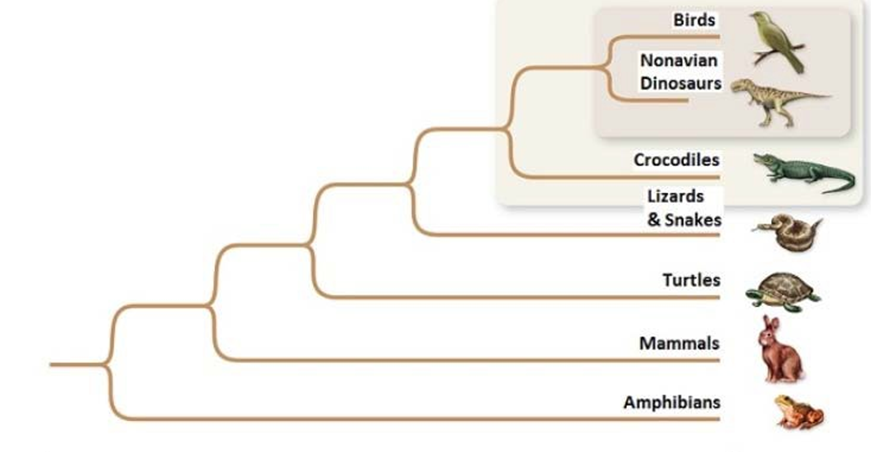Nucleic acids, proteins, and complex carbohydrates are all produced by
A) hydrolytic reactions.
B) dehydration synthesis.
C) exchange reactions.
D) hydrogen bonding.
E) catabolic reactions.
B
Bloom's Taxonomy: Application
Section: Organic Macromolecules
Learning Outcome: 2.14, 2.27
You might also like to view...
One of the most common etiologic agents of lower respiratory tract infection among previously healthy patients 2 months to 5 years of age is:
a. C. pneumoniae. b. M. pneumoniae. c. S. pneumoniae. d. respiratory syncytial virus.
Starting from the root of a phylogenetic tree, any node that is shown farther from the root than other nodes, means

A. the two species (or groups of species represented) at the farthest node diverged by sympatric speciation.
B. that only those species at the farthest node, from the root, are in a clade.
C. convergent evolution has selected for the species (or groups of species represented) to be similar.
D. the species (or groups represented) diverged most recently from a common ancestor.
E. the species (or groups of species represented) are in the outgroup.
Dendrites are slender extensions of the cell body that carry information away from the cell body of the neuron.
a. true b. false
Mitochondrial gene defects most often affect the ____________________ and the ____________________. Fill in the blank(s) with the appropriate word(s)